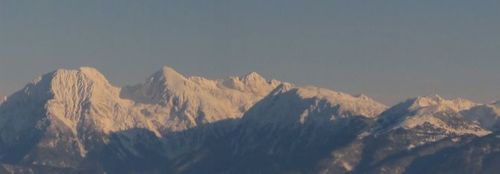Slovenia Chapter
Contact InformationChapter Lead: Rok Ciglič Email: [email protected] Website: http://zgs.zrc-sazu.si/en-us/association/authorities/scgis2.aspx Chapter Officials:
DescriptionSCGIS Slovenia was established in 2004. It is a small chapter but with a lot of will. Most of the members involved in the society are geographers with special interests in GIS, landscape ecology, environment, and spatial planning. At the moment our mission is to establish strong cooperation with different experts in Slovenia to promote the use of GIS. The chapter is supported by Association of Slovenian Geographers (chapter website hosting). Our contact: [email protected] About SloveniaSlovenia lies in central Europe where major European natural geographical regions meet. The country is bordered by Italy, Austria, Hungary, and Croatia (location on Google maps: http://maps.google.si). It has an area of 20,273 km² and a population of just over two million. Despite its small size, the country has exceptional landscape diversity: Alps, Mediterranean, Pannonian Basin, and Dinaric Mountains. The natural diversity is complemented by contacts between various cultures: Germanic, Romance, Hungarian, and Slavic. On the Adriatic coast, in the southwest, the climate is sub-Mediterranean, making it possible to cultivate certain Mediterranean crops such as olives. To the northwest the terrain is very rugged; here there are Alpine valleys, the headwaters of the longest Slovenian rivers, and the highest carbonate mountains rise to nearly 3,000 m. The terrain is gentlest in the east and northeast of the country. The lowlands, which are mostly comprised of silicate gravel plains, and the intermediate hills with less resistant rock (up to 500 m high) are under the influence of a continental climate. The southern part of the country is part of the Dinaric Mountains, which are primarily composed of carbonate rock. Such rock is one of the main reasons for the formation of the karst landscape, which has poljes, dolines, underground water systems, caves, sinkholes, and other phenomena. The shallow soil and the stony karst area prevent intensive farming, and so these parts of Slovenia are the most forested. In central Slovenia, the terrain is comprised of hills that reach up to 1,500 m separated by valleys and basins. Among the basins, the largest is the Ljubljana Basin, where the Slovenian capital, Ljubljana (280,000 people) is located. Slovenia’s other towns are considerably smaller. For more information see also (available in English):
Photo: Rok Ciglič |

